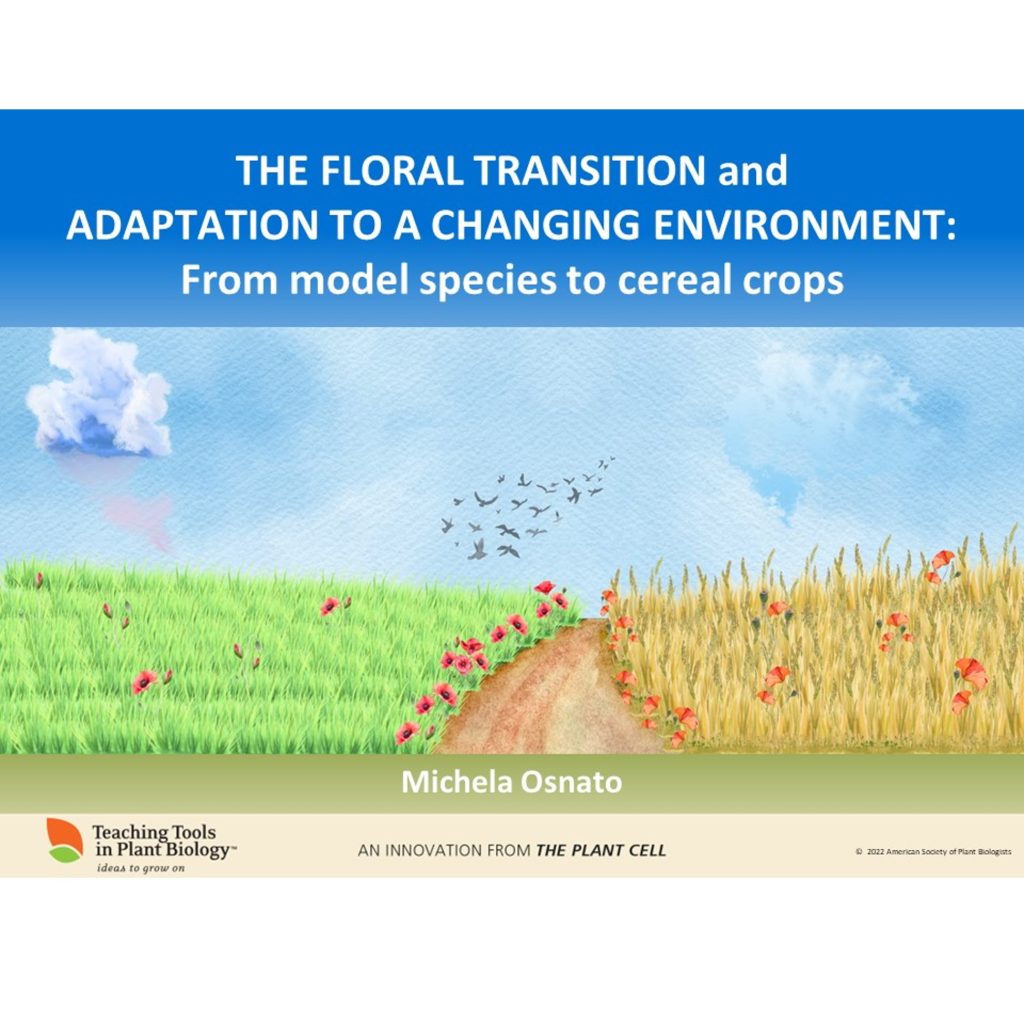
New Teaching Tool, “The Floral Transition and Adaptation to a Changing Environment: from Model Species to Cereal Crops"
Meet the newest member of the Teaching Tools in Plant Biology family, The Floral Transition and Adaptation to a Changing Environment: from Model Species to Cereal Crops, by Michela Osnato. Freely available in the November 2022 issue of The Plant Cell. You can download the resources here, from the supplemental…
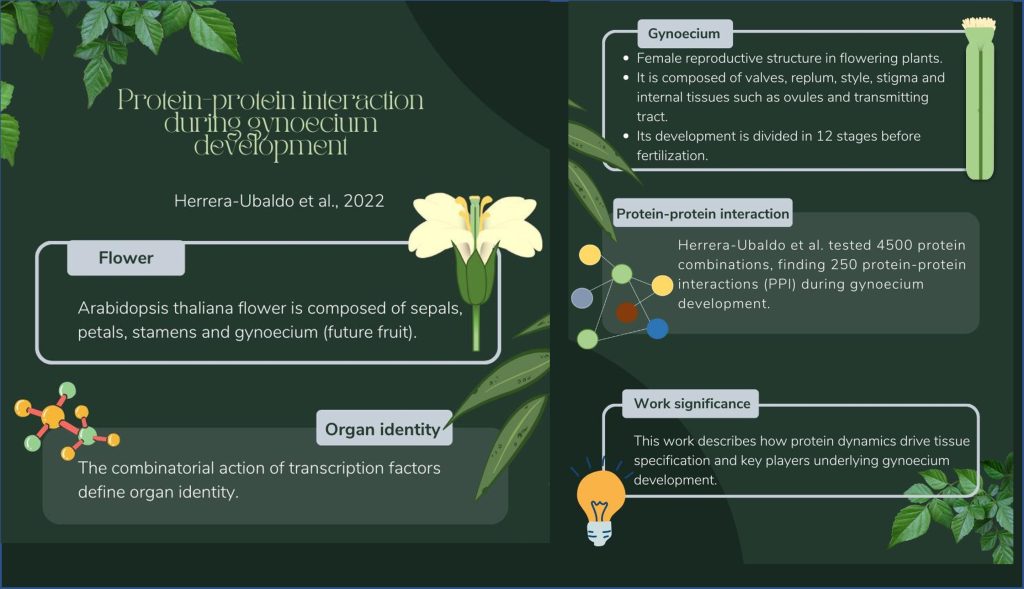
Protein-protein interaction landscape of transcription factors during gynoecium development in Arabidopsis (Mol. Plant)
The gynoecium is the female reproductive structure of flowering plants. This complex organ, composed of different tissues, is an excellent model for studying plant organ development. Although the gynoecium has been extensively studied from a genetic point of view and a few studies have been carried out…
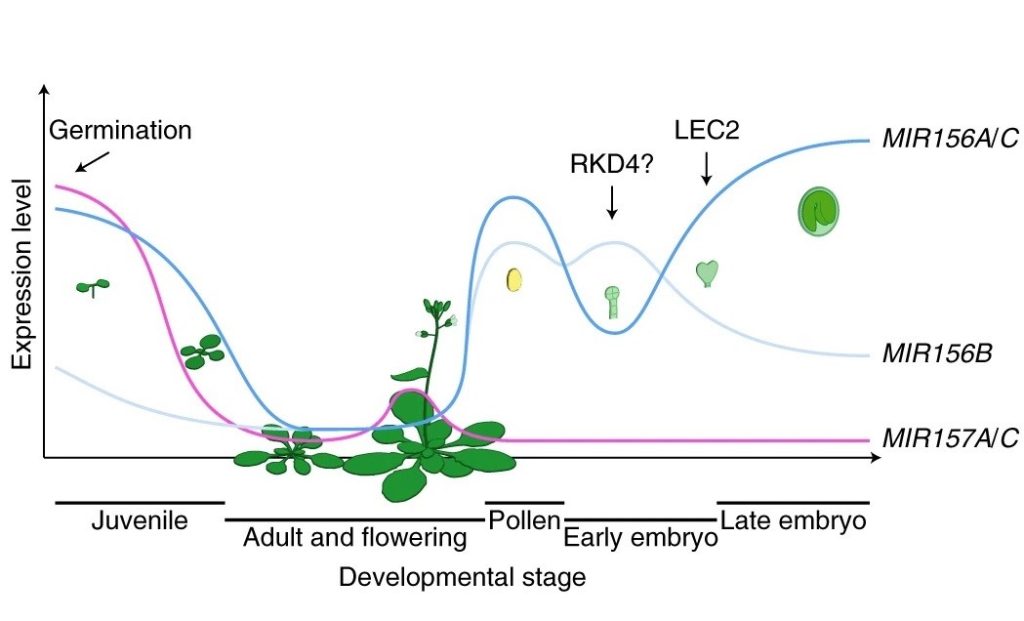
A robust mechanism for resetting juvenility during each generation in Arabidopsis (Nature Plants)
Proper development requires an aging program that is regulated throughout the entire lifespan of an organism as well as across generations. In plants, reproductive cells are derived from differentiated cells, and thus the aging program encoded in these reproductive cells must be rejuvenated per generation.…
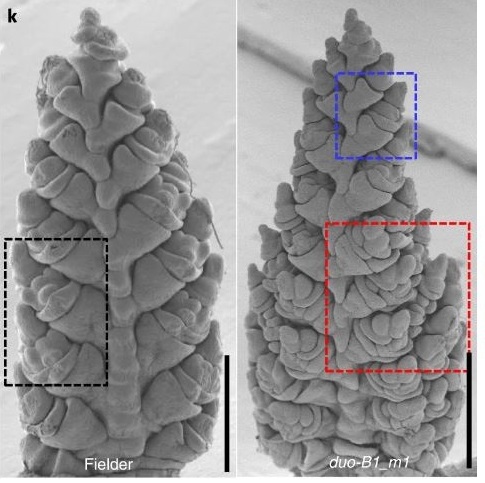
Improving bread wheat yield through modulating an unselected AP2/ERF gene (Nature Plants)
Climate emergency and the increase of human population are challenges for human food security. Plant breeders use natural genetic variation to improve crops, but bread wheat (Triticum aestivum L.) has particularly low genetic diversity with unique evolutionary constraints. Genetic modification of spike…

Single seeds exhibit transcriptional heterogeneity during secondary dormancy induction (Plant Physiol)
Secondary dormancy (SD) of seeds is a natural strategy that allows survival of the plant in environments with unfavourable climatic conditions. However, in Arabidopsis, a variance of dormancy depth in between identical seeds can be explained by population-based threshold models. This single-seed variability…
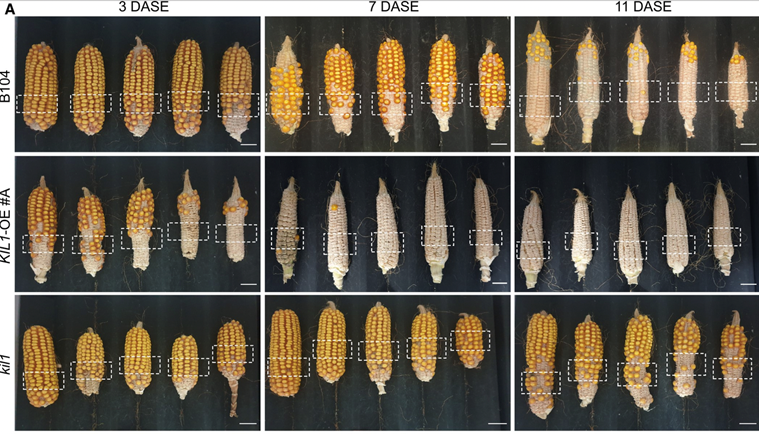
KIL1 terminates fertility in maize by controlling silk senescence (Plant Cell)
Each plant species has a defined window of time during which flowers can be pollinated in order to trigger fruit or seed development. After this time, unpollinated flowers undergo a form of senescence culminating in programmed cell death (PCD). A detailed understanding of this cell death process is thus…
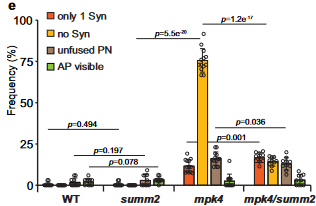
ROS homeostasis mediated by MPK4 and SUMM2 determines synergid cell death (Nature Comms)
Female gametophytes (FG) of angiosperms contain eight nuclei and seven cells, distributed in a defined manner. In the micropylar end of the FG there are two synergid cells and the haploid egg, while in the central cell there are two polar nuclei. The synergid cells are responsible for attracting the…
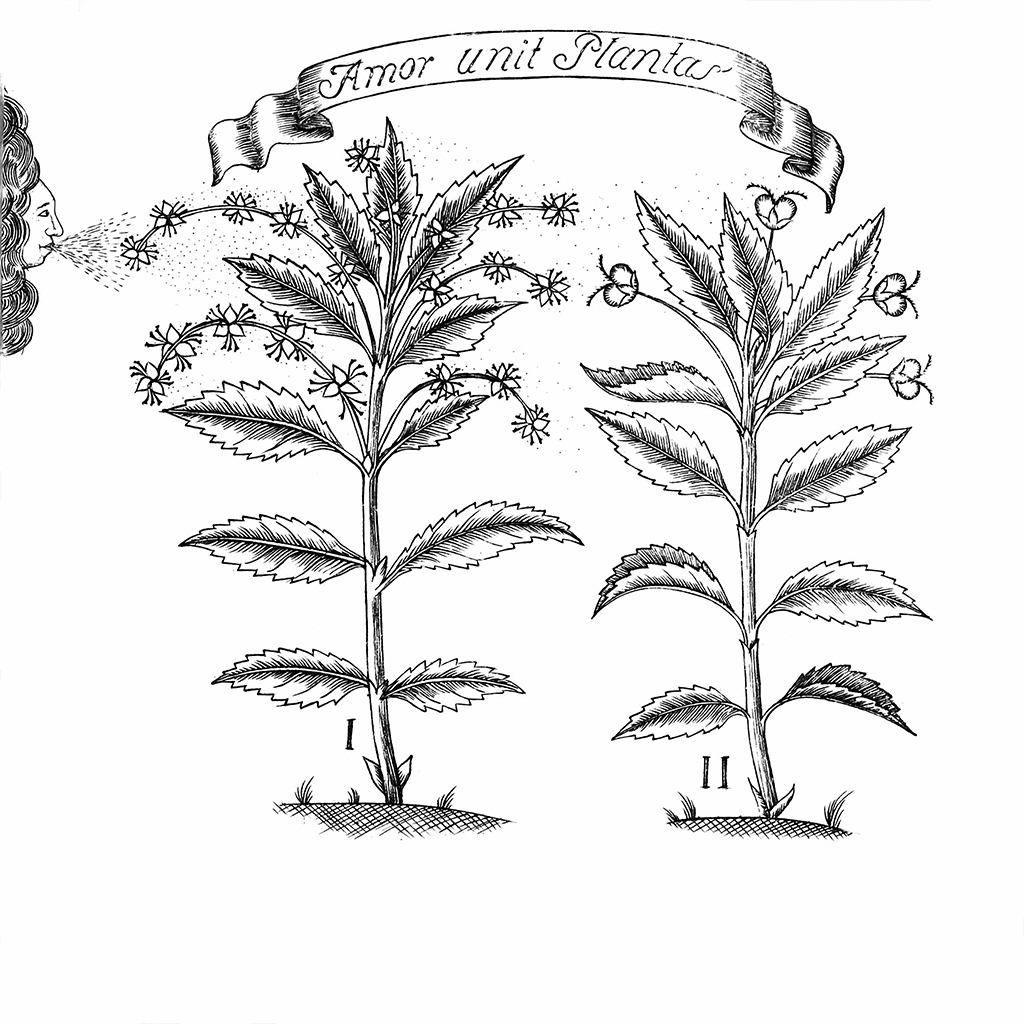
Special issue: Sex determination and sex chromosome evolution in land plants (Philosophical Transactions B)
At some point, most biology students learn the term “dioecy” (two houses), which refers to the separation of male and female function into different individuals, a characteristic that is common in animals but less so in flowering plants. About 6% of angiosperms and 65% of gymnosperms are dioecious,…
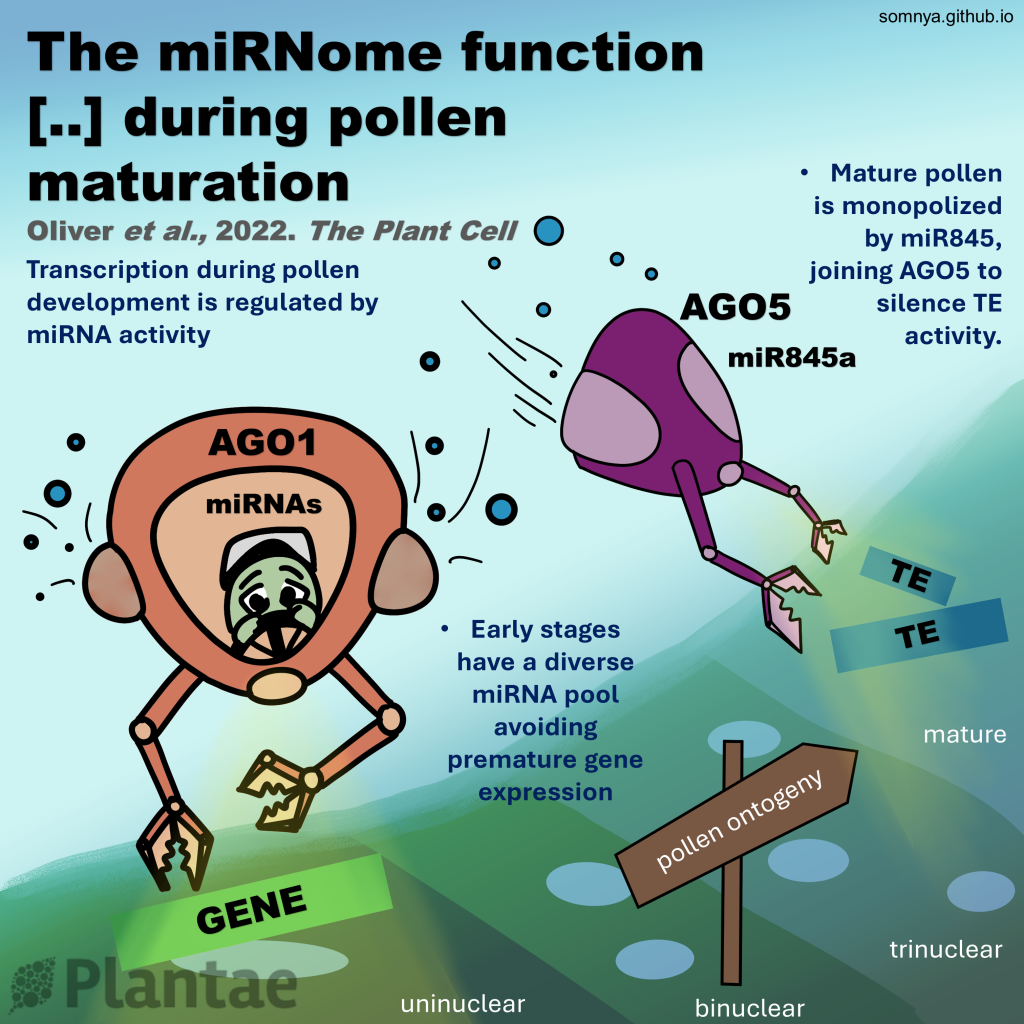
The miRNome function transitions from regulating developmental genes to transposable elements during pollen maturation (Plant Cell)
Genes (protein-coding or noncoding) and transposable elements (TEs) are the main characters in the genomic landscape, but there are few reported systems where we have seen all acting together to produce a phenotype. Oliver and collaborators analyzed miRNA populations during pollen maturation in an outstanding…

